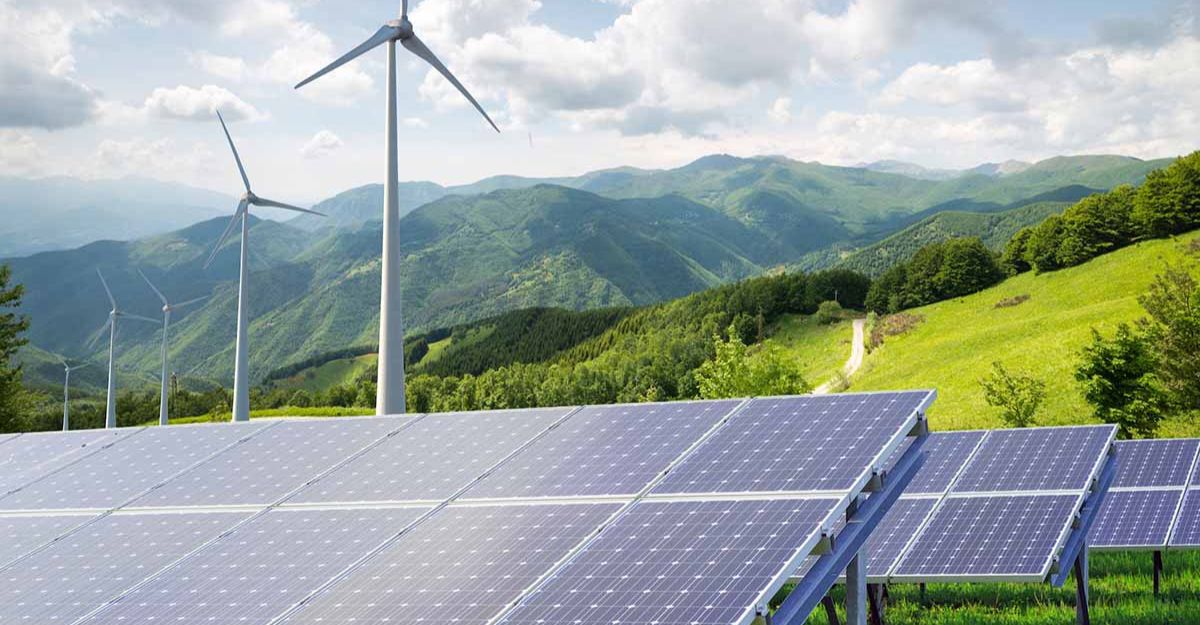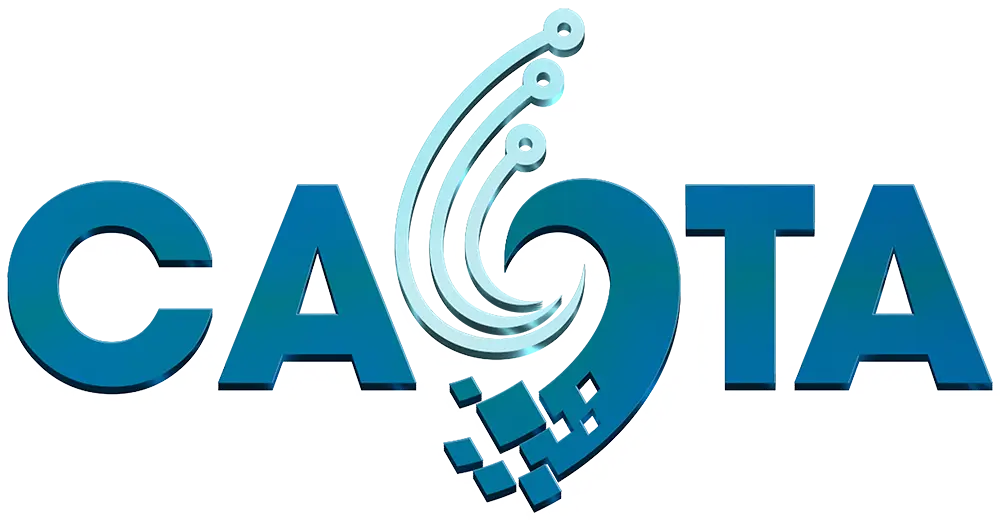For decades, the global reliance on fossil fuels has driven economic growth but simultaneously pushed the world to the brink of a climate crisis. Climate change, air pollution, and the depletion of natural resources are inevitable consequences of traditional energy-intensive production. In this context, the application of renewable energy technologies is not merely a trend but an urgent necessity to build a sustainable, environmentally friendly, and resource-efficient development model.
Solar energy stands out as one of the most promising renewable energy sources. With increasingly advanced technology, solar panels have become not only more efficient but also more cost-competitive than ever before. Factories, industrial zones, and even households can now easily install rooftop solar systems to meet their electricity demands for both living and production purposes. Particularly in sun-drenched regions such as the Central Highlands, South Central Coast, and Mekong Delta, solar power can serve as a major energy source, gradually replacing the national grid or diesel generators that significantly contribute to air pollution.

Alongside solar power, wind energy technology has made remarkable strides in recent years. With over 3,000 kilometers of coastline, Vietnam possesses abundant wind resources, especially in coastal provinces like Bac Lieu, Ninh Thuan, and Binh Thuan. Modern wind turbines feature smart designs, high capacity, and integrated IoT sensors and intelligent control systems, which optimize performance and reduce maintenance costs. Wind farms not only supply clean electricity but also serve as attractions for ecotourism and environmental education in local communities.
In addition to solar and wind power, biomass energy technology plays an important role in reusing agricultural residues for energy production. Straw, rice husks, sugarcane bagasse, and livestock manure — once potential environmental pollutants — can now be converted into biogas, fuel pellets, or burned for electricity generation. Modern biomass treatment systems employ high-efficiency combustion chambers, flue gas treatment equipment, and cogeneration technology, enabling more efficient and safer energy conversion compared to traditional burning methods. At the household level, improved biogas digesters help reduce fuel costs, limit deforestation for firewood, and improve rural sanitation.
Notably, the development of energy storage technologies — especially lithium-ion and sodium-ion batteries — has given a significant boost to the expansion of renewable energy applications. With efficient electricity storage capabilities, solar and wind power systems can now operate more reliably, supplying energy even during periods without sunlight or wind. Modern storage systems also integrate AI to automatically distribute power based on consumption needs, optimizing the use of green energy in production.
The transition to renewable energy brings numerous benefits beyond environmental protection. For businesses, it offers opportunities to reduce operating costs, enhance reputation, and meet increasingly stringent international carbon emission standards. For communities, clean energy improves air quality, reduces health risks, and contributes to building eco-cities and environmentally friendly model villages.
However, the transition to renewable energy also poses several challenges, including high initial investment costs, infrastructure readiness, and the need for a paradigm shift in energy management. Therefore, technology plays a central role throughout this transition. Solar power management software, renewable energy forecasting systems, and blockchain-based surplus electricity sharing platforms are technological advancements that promote a more efficient, transparent, and flexible green energy ecosystem.
From a policy perspective, the government should continue to strongly support businesses and households investing in renewable energy technology through green credit programs, tax incentives, technical support, and workforce training. At the same time, integrating renewable energy sources into the national power grid must be implemented in a synchronized manner to ensure system safety and stability.
In the near future, as fossil fuel resources become increasingly scarce and the urgency to reduce greenhouse gas emissions intensifies, renewable energy technology will no longer be just an option—it will be the only viable path to achieving green, autonomous, and sustainable production. Each solar panel, wind turbine, or biogas system represents a concrete step toward a low-carbon future, one that is more harmonious with nature and better balances economic growth with environmental protection.
Ngày đăng: 17-06-2025

